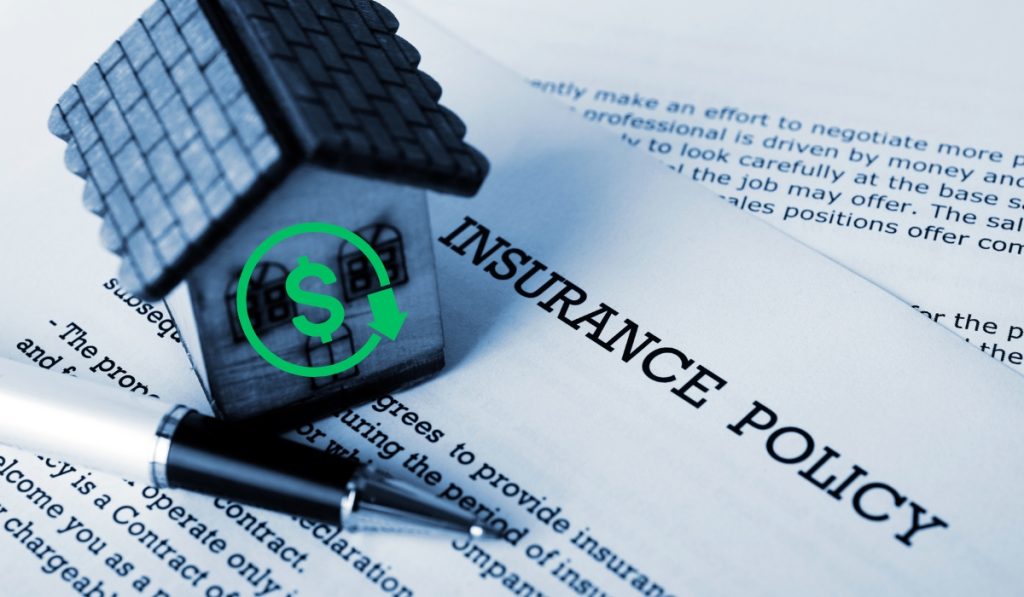Many home owners do not know if they lack enough insurance to rebuild after a disaster. This can leave families in bad shape. Just a 20% gap can mean big out-of-pocket costs for the owner, causing money issues. So how can you know if your dwelling coverage is enough?
Calculate Your Home's Reconstruction Cost
First, estimate the full cost to construct your house from zero. This needs care, as insurance covers rebuild cost, not market price. With build costs up lately, your home’s sale price likely does not show the real rebuild cost, which many under guess.
Factor in total square feet, features, and material quality by a room-by-room review. Online tools from Marshall and Swift or Verisk give the estimated cost per square foot for your area and home type, a baseline. For the best guess, hire a contractor to give a detailed new build estimate.
Account for Increased Building Codes
If fully rebuilt, your home would likely need to meet new, strict codes, which can raise rebuild costs a lot. For instance, upgraded electrical, plumbing, insulation, ventilation and storm safety could increase the cost by 10-15%, so you can’t dismiss them.
Include Demolition, Debris Removal
Don’t forget that a damaged home would need clearing before rebuild after a total loss. Demo and debris removal can cost $5-15 per square foot, which adds up fast for big homes. Also add in smoke/water removal, temp power and security fees.
Review Your Coverage Limits
Compare your estimated rebuild cost to your dwelling coverage cap to ensure you are covered. For a 15-year-old, 2,500 square foot house, the cap should be at least $350,000-400,000 in many areas to be safe. If the cap is low, call your insurer right away to get it reviewed and changed. Keep in mind standard policies cap garage coverage too.
Increase Coverage Over Time
It’s key to review dwelling coverage every few years as rebuild costs, codes, size and upgrades change. Do not let your caps stay the same year to year, as many owners do. Get a new estimate every two years and change limits accordingly.
Consider Extended Replacement Cost
This extra coverage gives more buffer (often 25% more) if rebuild costs exceed your policy cap after a total loss, giving you security. It can protect you in case you underestimated the cost or costs spiked after a natural disaster when building supplies run low.
Document Home Upgrades
Keep records of any improvements or additions for insurance and to raise value. If you redo the kitchen/bath, finish the basement, or add on, give your insurer details to update the rebuild value. Photos and receipts prove upgrades were done.
Under insuring your home is easy but can be a money disaster if ruin strikes. Be proactive in properly estimating rebuild cost and reviewing your dwelling cap regularly so you don’t come up short when it counts most.
Conclusion
Keeping good insurance as values and rebuild costs rise takes work. But with good early estimates, extra room, and regular cap reviews, you can avoid the pain of being underinsured. Getting pro tips and adjusting your policy cap as required are smart moves. Right coverage gives real peace of mind your investment stays protected.




